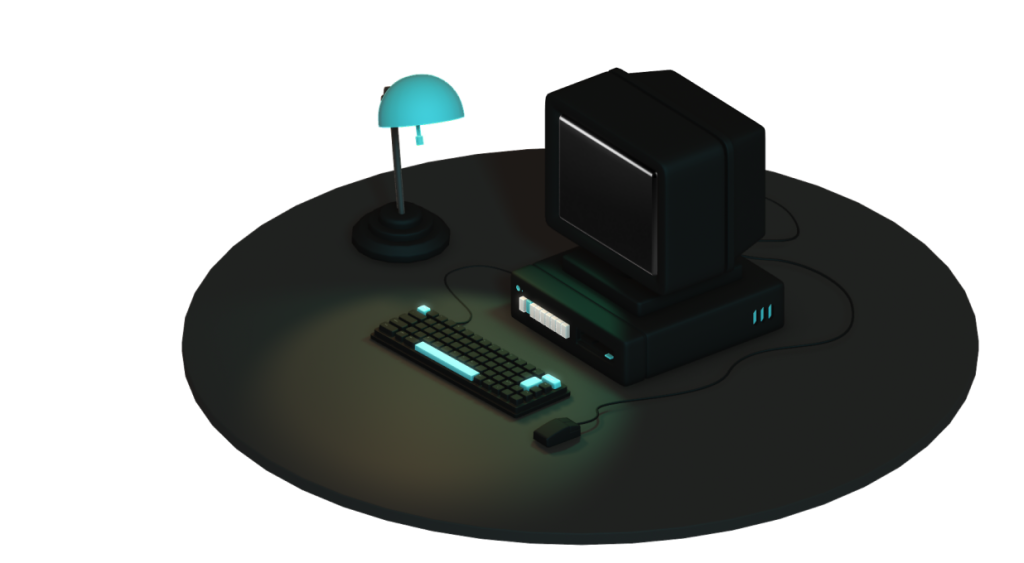

Smart Asset Suite consists of 2 main components – Reliability Centered Maintenance (RCM) module and cXML (Commercial XML) eCommerce module.
RCM provides a mechanism for systematic evaluation of an asset’s functions, potential failure modes, and the consequences of those failures to prioritize maintenance activities.
By identifying critical assets and their failure risks, RCM minimizes downtime and ensures operational continuity in industries such as manufacturing, utilities, and transportation.
Solution leverages predictive analytics and IoT sensor data to monitor real-time asset conditions, enabling proactive decision-making. RCM helps organizations shift from reactive to preventive and predictive maintenance, reducing overall maintenance costs and extending asset life cycles.
The approach aligns with compliance standards and safety regulations, ensuring assets operate safely and efficiently within industry norms.
cXML eCommerce module seamlessly connects with vendor catalogues and ordering systems, offering users real-time pricing, availability, and freight costs, direct order submission and invoice processing.
The primary objective of the solution is to streamline the procurement process 4
by minimizing manual data entry and simplifying supplier interactions. By utilizing the cXML standard, users can communicate with various vendor systems in a standardized format, improving interoperability and reducing errors.
The module leverages the cXML (Commerce eXtensible Markup Language) protocol, which is a widely adopted standard for electronic business communication. By adhering to cXML standards, this solution ensures compatibility with various vendor systems, allowing standardized communication for Punchout requests, order submissions, and invoicing.
Reliability-Centered Maintenance (RCM) is a strategic framework used in asset management to ensure that physical assets continue to perform their intended functions in a safe, efficient, and cost-effective manner. Originating from the aviation industry, RCM has evolved into a widely adopted methodology across various sectors, including manufacturing, energy, transportation, and utilities. Its core objective is to optimize the maintenance strategies of assets by balancing operational performance, cost, and risk.
RCM focuses on understanding and managing the failure modes of assets and their consequences. Unlike traditional maintenance practices that often rely on fixed schedules or reactive approaches, RCM seeks to prioritize maintenance activities based on the criticality of assets and the nature of their potential failures. By applying a structured decision-making process, RCM enables organizations to determine the most appropriate maintenance tasks—whether preventive, predictive, or corrective—to mitigate risks and maximize asset reliability.

Asset Selection:
Identify the assets or systems to be analyzed, focusing on those critical to operations or with a history of frequent failures.
Functional Analysis:
Define the primary and secondary functions of the asset, including performance standards and operating conditions.
Failure Modes and Effects Analysis (FMEA):
Identify potential failure modes for each function, analyze their causes, and evaluate their consequences.
Decision Logic:
Use structured decision-making to determine the appropriate maintenance actions based on the criticality and type of failure modes.
Implementation:
Develop and execute a maintenance plan that includes tasks such as inspections, condition monitoring, and repairs.
Continuous Improvement: Regularly review and update the RCM strategy based on new data, operational changes, or technological advancements.

Reliability centered maintenance (RCM) application –
a structured approach to developing a maintenance strategy that enhances the reliability and performance of assets while optimizing maintenance costs.


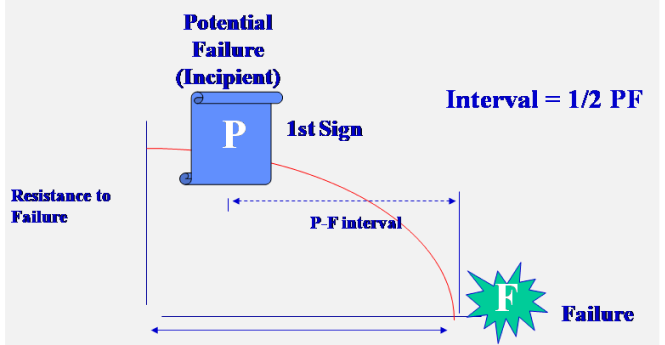

Root cause analysis (RCA) application –
a systematic approach to identifying the fundamental causes of problems or failures. By addressing the root cause rather than the symptoms, organizations can implement long-term solutions to prevent recurrence.



J-Factor application –
represents a factor (coefficient) that characterizes the economic justification of the implementation of a certain investment project with an indirect economic effect, comparing the value of risk reduction with the costs that are necessary for implementation.



Reliability indicators calculation –
MTBF (Mean Time Between Failures), MTBM (Mean Time Between Maintenance), MTTR (Mean Time Between Repair), Bad actor identification.
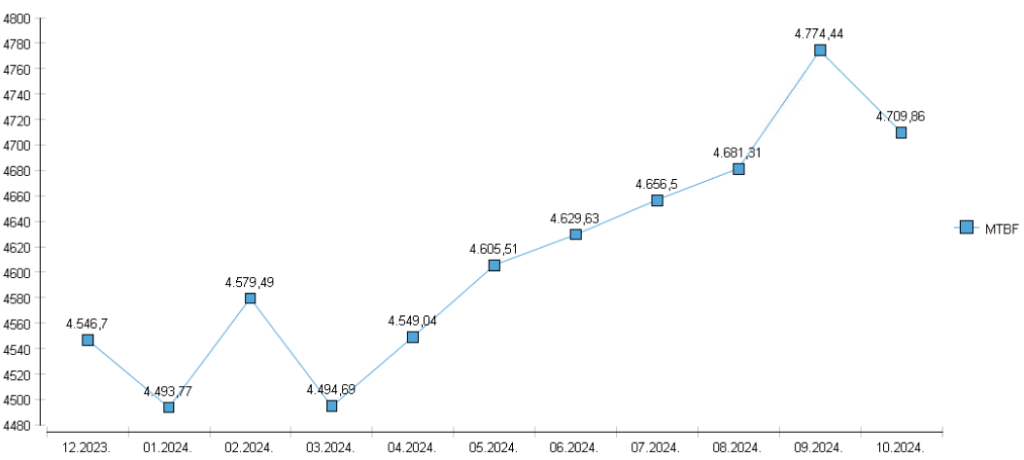
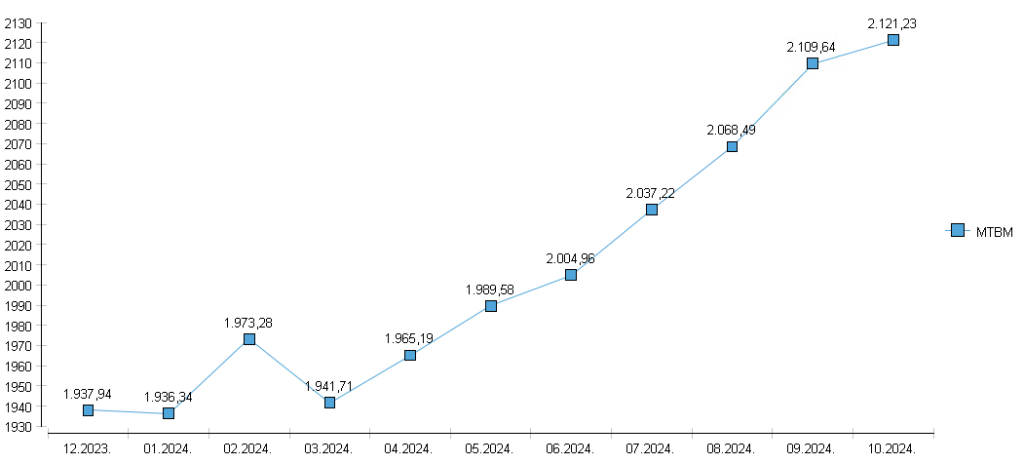
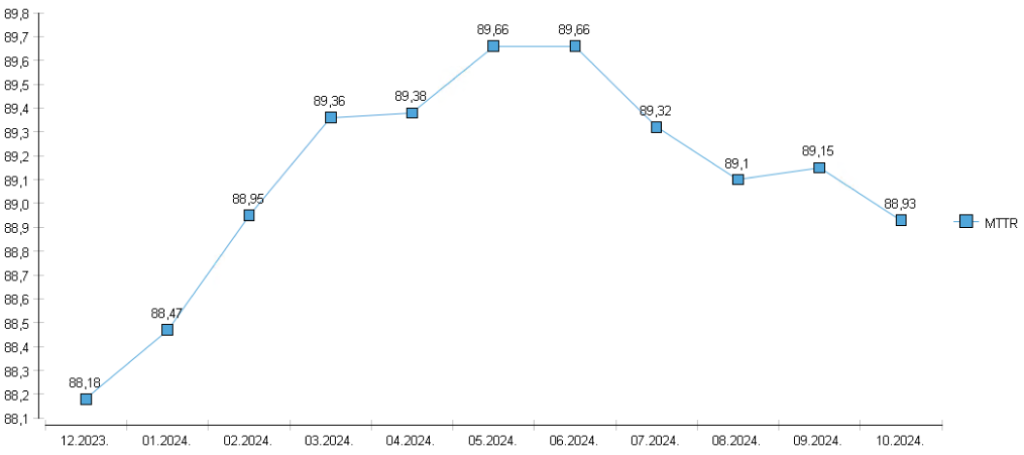
Analytics –
Predefined dashboards, reports and KPIs for better visualization of asset health and maintenance trends
Improved Reliability:
Proactive maintenance minimizes unexpected downtime and extends the lifespan of assets.
Cost Savings:
Optimized maintenance reduces unnecessary tasks and the risk of costly failures.
Enhanced Safety:
Identifying and mitigating critical failure modes improves operational safety and reduces risks to personnel and the environment.
Regulatory Compliance:
RCM supports adherence to industry standards and regulations through systematic and documented maintenance practices.

As a dedicated Maximo business partner focused on Supply Chain and Procure-to-Pay (P2P) Optimization, we bridge IBM Maximo with supplier, vendor, and contractor systems to enhance supply chain performance and reliability for maintenance teams. This integration supports real-time visibility, control, and automation, allowing organizations to manage dependencies seamlessly. While assets and work orders or scheduling are crucial aspects within asset management, managing the supply chain with proper visibility and control, integration and automation will result in productivity, efficiency and reliability of the entire process. Like integrating Maximo with financial, HR or ERP systems, integrating with suppliers provides faster, more accurate, and actionable data exchange.
This solution makes these supplier integrations feasible and cost-effective, unlocking a range of benefits from visibility into vendor catalogs to automating routine tasks. By directly connecting with suppliers, Maximo users can access real-time product availability, pricing, and shipping details, transforming manual procurement into an automated, streamlined process. Enhanced visibility, control, and automation translate into greater productivity, efficiency, and operational reliability. In today’s connected landscape, with widespread cloud and cybersecurity advancements, Maximo users can now confidently achieve tighter integration with their supply chains through structured data exchange formats like cXML (commercial XML).
Real-Time Supplier Catalog Integration via cXML
⦁ Seamlessly connects with vendor catalogues, offering users real-time pricing, availability, and freight costs within Maximo.
⦁ Enables users to view vendor product listings, compare options and make informed purchasing decisions directly from IBM Maximo interface.
Automated Requisitioning and Ordering
⦁ With all the data flowing electronically in a structured format, you can automate the entire process.
⦁ Supports multi-vendor ordering and direct electronic order fulfillment via cXML.
Enhanced Vendor Collaboration and Control
⦁ Place Order based on accurate and real-time information. Get confirmations, changes and shipping notifications all electronically, so Maximo can automate, notify, and you can manage.
⦁ Allows vendors to respond to POs, including confirmations and modifications, streamlining procurement processes.
Traditional Taxi:
Call and wait, no visibility as to when they will get here, nor the price
Lots of opportunities for mistakes: you tell them wrong address, dispatcher hears and forwards wrong address, driver hears wrong address, etc.
Driver chooses route. Is the best route being taken?
When the ride is over, does driver take your credit cards? Is the POS device working? Does driver require cash?
Uber:
Order online, see availability, get a firm price quote, and get updates on delivery.
All automated – system knows your location and electronically relays that information. No mistakes are possible.
System chooses the most optimal route automatically. Very Transparent!
When the ride is over, you get out of the car, and you are done. Payment is fully automated.
PR, MR, Work Order – Jump directly to your supplier’s on-line shop

Open a specific vendor catalog…

Or open a marketplace with catalogs from different vendors

Bring everything back to Maximo with a single click

Item matching
Data from cXML can be used to match item to existing item in Maximo system, ex. manufacturer + model # + catalog #, or some other criteria, per customer’s requirements.
Multiple vendors on a single requisition
Automatically convert to separate purchase orders per vendor on approval.
Submit PO via cXML integration directly to supplier system
no phone calls, no emails, automatic approval on supplier side.
Receive invoice from supplier system via cXML
validate, match, approve.
Flexible Workflow Support – Adapts to various procurement workflows, whether requisitioning, ordering, or invoicing is done within Maximo alone or in coordination with an ERP or financial system:
Requisition in Maximo +
Ordering and Invoicing in ERP/Financial
cXML Punchout
Requisition and Ordering in Maximo +
Invoicing in ERP/Financial
cXML Punchout + cXML Order Placement
Entire process in Maximo
cXML Punchout + cXML Order Placement +
cXML Invoice Import
Automated Data Exchange
Streamlines communication between Maximo and supplier systems through structured cXML data, eliminating manual entry delays.
Automates workflows from order to invoice, reducing human error and improving data accuracy.
End-to-End Visibility and Control
Real-time updates on order status, delivery, and modifications ensure smooth order fulfillment and reduced delays.
Provides line-by-line control over order tracking and modifications, allowing for proactive supply chain management.
Enhanced Reliability for Maintenance Operations
Ensures critical parts are available when needed, supporting uninterrupted maintenance schedules.
Reduces operational risks by ensuring suppliers consistently meet delivery and quality expectations.
Simplified access to over 35 vendor catalogs.
30% reduction in processing time, streamlining operations.
15% increase in efficiency, improving overall performance.
25% productivity gain, enabling focus on strategic initiatives.
Enhanced accuracy in invoice processing.
Simplified access to over 35 vendor catalogs.
30% reduction in processing time, streamlining operations.
15% increase in efficiency, improving overall performance.
25% productivity gain, enabling focus on strategic initiatives.





